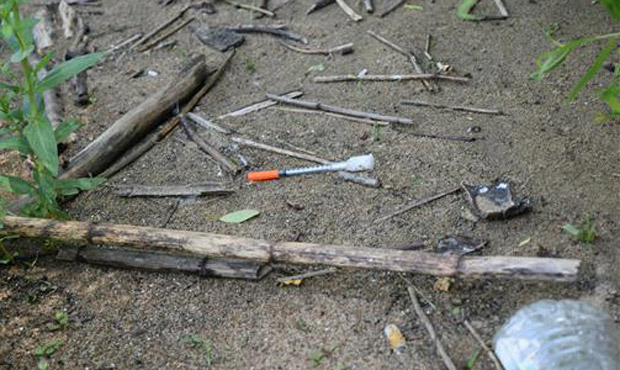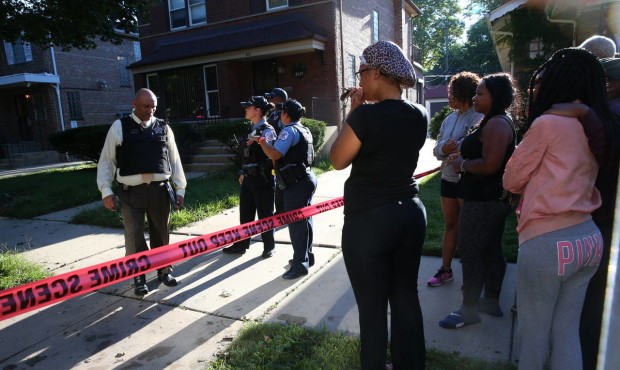Chokepoints
I-5 express lanes aren’t necessarily speeding up Seattle commute
 The I-5 express lanes carry 55,000 vehicles each day. The lanes are nine miles long with 13 southbound entrances and 10 northbound entrances. The express lanes are as old as I-5, about 45 years old. (WSDOT Photo)
The I-5 express lanes carry 55,000 vehicles each day. The lanes are nine miles long with 13 southbound entrances and 10 northbound entrances. The express lanes are as old as I-5, about 45 years old. (WSDOT Photo)
In KIRO Radio’s Chokepoints series, we take a closer look at the traffic issues plaguing commuters in the Puget Sound region.
Listener Aaron Halsted is one of the many people with questions about the I-5 express lanes and why they’re often not moving faster than the mainline. Halstead said he believes part of the main reason there’s a huge a backup is because many people driving in the exit lanes to the left and right drive ahead and look for a narrow opening between cars in the single through-lane in which to squeeze in.
For this discussion, we’re focusing on I-5 south where drivers go under the Washington State Convention Center and pop out on the other side. The I-5 express lanes have the word express in them, but it’s a spot that routinely backs up, sometimes all the way to SR 520.
This chokepoint is one that can be traced back to the freeway design which squeezes all the express lanes into just a single through-lane at the south end. It’s one of those decades old decisions that creates present-day reasons for our congestion.
Travis Phelps with the Washington State Department of Transportation said the next reason is also a chronic culprit: There are just too many people for the road to handle.
“Picture this,” he said. “You have a pipe that can only handle so much water. It handles five gallons a minute. You know that every day you’re going to get a surge of ten gallons a minute. How do you do that? You’re going to see your system sort of back up. Water is really tough to compress. So is traffic.”
I’ve heard suggestions like putting up barriers between the lanes so there can be no last-minute jamming into lanes. I’ve been asked about adding police enforcement of that late merging.
Phelps said the state is always looking for ways to improve the traffic flow. “We’re looking at low cost enhancements for what we can do for the express lanes, but any time you make a change to a system, (you have to ask) have you thought out how it’s going to affect it as a whole? Also, here, it’s a funding question, too,” he said.
One small fix the state made to the express lanes a few years ago was to automate them so they can be switched between north and south much faster.
But there is no real fix in the works in the short term that will prevent the express lanes from backing up to 520 when there is heavy volume.




































Comments